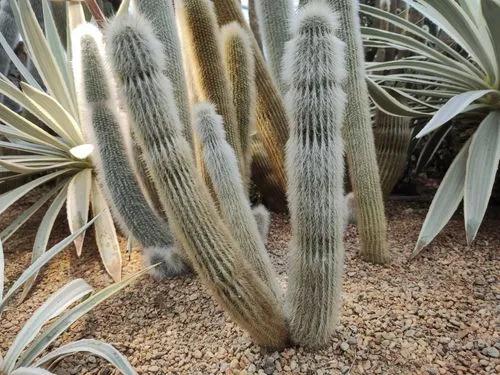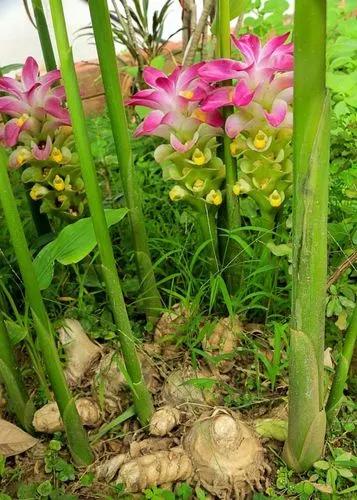For a unique landscape touch, consider the Sargent Crabapple (Malus sargentii). This medium-sized shrub boasts fragrant spring and fall colors that linger into early winter, plus it's a wildlife favorite. With a low, spreading form, it serves as a great screen, natural hedge, or bonsai option, ideal for tight spaces, utility lines, or sloped terrain.
Sargent Crabapple Care
Malus sargentii



Sargent Crabapple is a compact tree, reaching about 6 feet (1.8 m) in height but spreading wider if allowed. It's an eye-catching addition to gardens or courtyards, with dark, disease-free leaves and small white flowers in May, its maiden identification feature. This tree alternates heavy blooming every other year, can be grown in various forms, and yields tiny red fruit clusters that birds adore in spring.
How to Care for the Plant

Container

The tree could be grown in a container when it's young. The container requirements in size vary from 12 to 24 inches (30-60 cm) and should include good drainage holes.

Fun fact

It's self-fertile, relying on bees for pollination, and boasts easy transplanting and growth.

Popularity

40 people already have this plant 10 people have added this plant to their wishlists
Discover more plants with the list below
Popular articles






